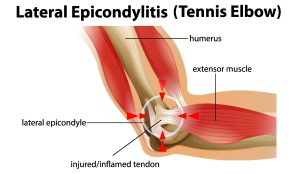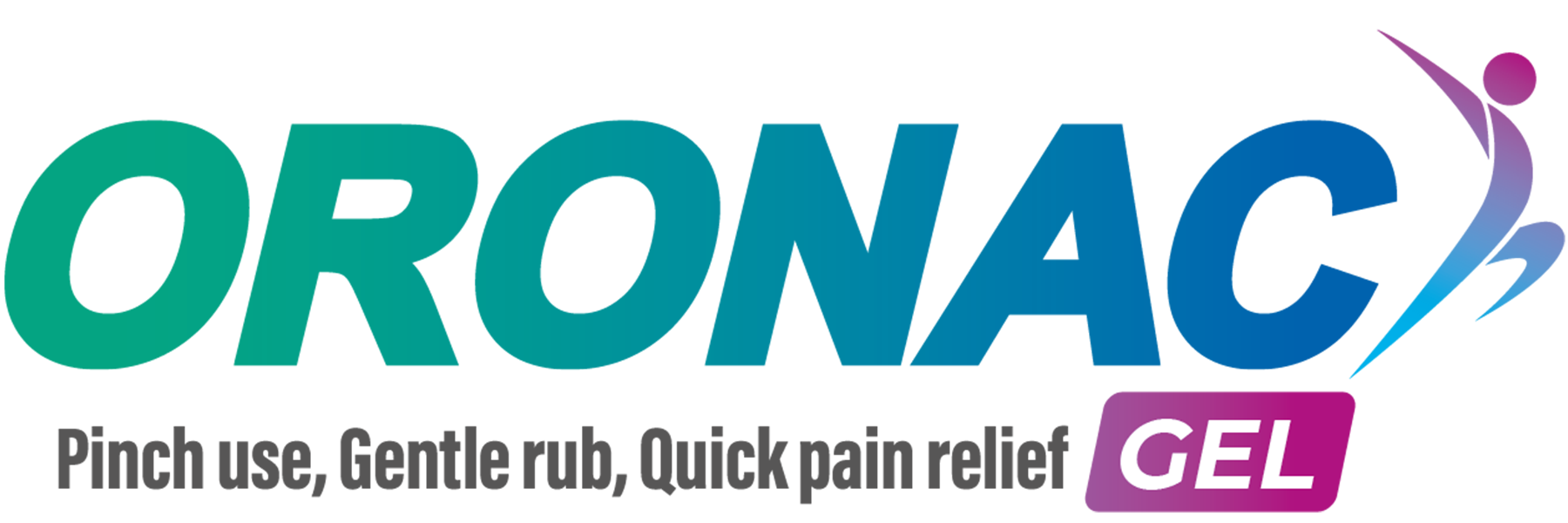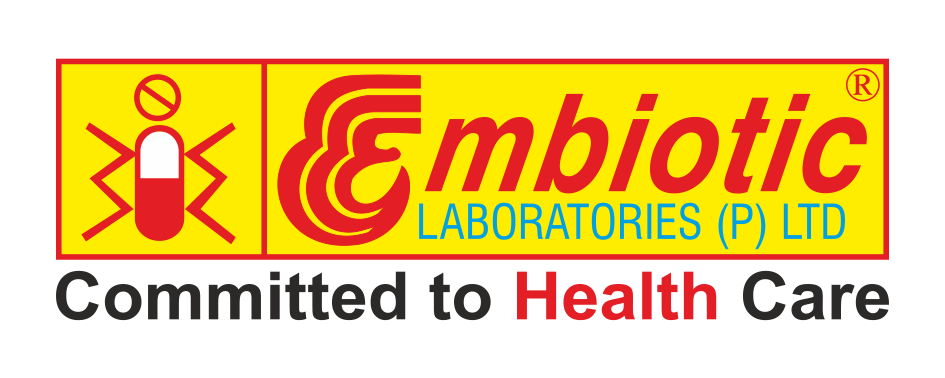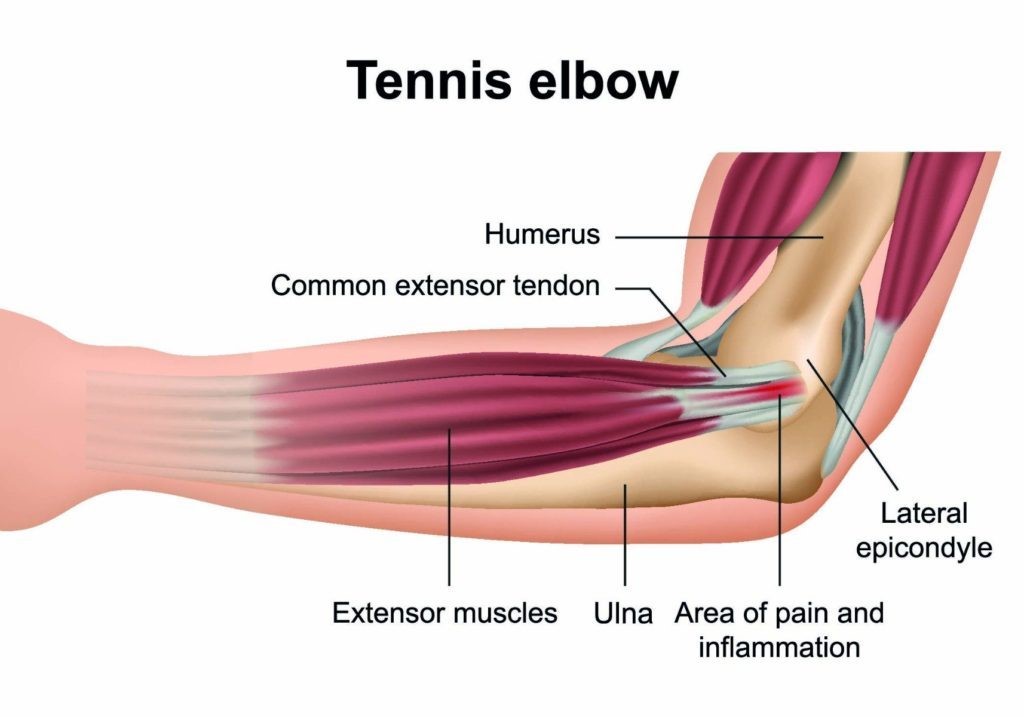May 28, 2024
What is Tennis Elbow?
Symptoms
The pain of tennis elbow can travel from outside the elbow into the forearm and wrist. Pain and weakness can make it hard to:
- Shake hands or grip an object.
- Turn a door knob.
- Hold a coffee cup.

Causes
Tennis elbow is often linked to overuse and muscle strain. But the cause is not well understood. Sometimes, repeated tensing of the forearm muscles that are used to straighten and raise the hand and wrist triggers the symptoms. This can cause a breakdown of the fibres in the tendon that attaches the forearm muscles to the bony bump that is outside the elbow.
Activities that can cause tennis elbow symptoms include:
- Playing racket sports, especially using backhand, with poor form.
- Using plumbing tools.
- Driving screws.
- Cutting up foods for cooking, particularly meat.
- Using a computer mouse a lot.
Less often, an injury or a condition that affects the body’s connective tissues causes tennis elbow. Often, the cause isn’t known.
Risk factors
Factors that can increase the risk of tennis elbow include:
- Age, Work and Certain sports.
History of Tennis Elbow
Patients will typically report pain with an insidious onset, but upon further questioning, they will often relate an overuse history without a specific inciting traumatic event. The pain commonly occurs one to three days after an unaccustomed activity that involves repeated wrist extension.
The history may reveal new equipment use or an atypical workout circumstance such as an abnormally intense or prolonged workout in an athlete. This condition can also be precipitated by an acute injury or strain, such as lifting a heavy object or performing a hard backhand swing in tennis. This acute injury can lead to a more chronic process (i.e., acute-on-chronic overuse injury). The pain is usually over the lateral elbow that worsens with activity and improves with rest. The pain can vary from being mild, for example, with aggravating activities like tennis or the repeated use of a hand tool, or it can be such severe pain that simple activities like picking up and holding a coffee cup or a coffee cup sign will act as a trigger for the pain.
Treatment / Management
Non-operative Management
First-line management for the treatment of lateral epicondylitis includes rest from offending activity as guided by the level of pain. Ice after activity and oral/topical nonsteroidal anti-inflammatory drug (NSAID)s can be used to help with pain control. Forearm counterforce straps are prescribed to relieve tension at the lateral epicondyle. These should be worn during activity. The role of counterforce straps is relatively controversial as some patients may report pain over the area of maximal tenderness secondary to direct mechanical compression on the area itself. Brace use in the form of a cock-up wrist splint can be prescribed to take the stress-off, of the wrist extensors.
Occupational or physical therapy focusing on forearm stretching and strengthening and progression to eccentric muscle strengthening of the common extensor tendon, has also shown to be helpful.
Surgical Management
Surgery should be considered as a last resort in the management of lateral epicondylitis. Prolonged nonoperative management (i.e., 6- to 12-months) should be attempted before considering surgical management. Specific surgical techniques utilized may vary throughout the literature. Most surgeons prefer varying degrees of extensor carpi radialis brevis (ECRB) debridement and/or release of the tendinous origin at the lateral epicondyle. In the setting of the surgeon electing to forego an actual ECRB detachment, a generous debridement should be performed at the ECRB origin with confirmation of debridement of the pathologic tissue and stimulation of a healthy, bleeding, bony bed of tissue at the lateral epicondyle to help stimulate healing potential.


